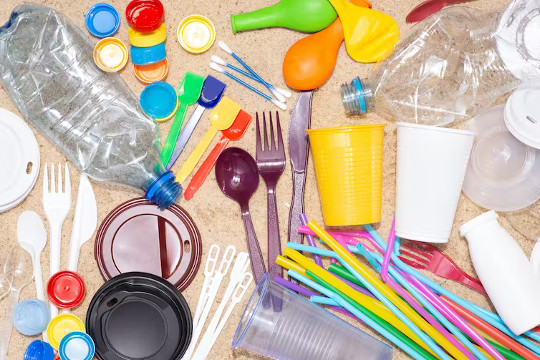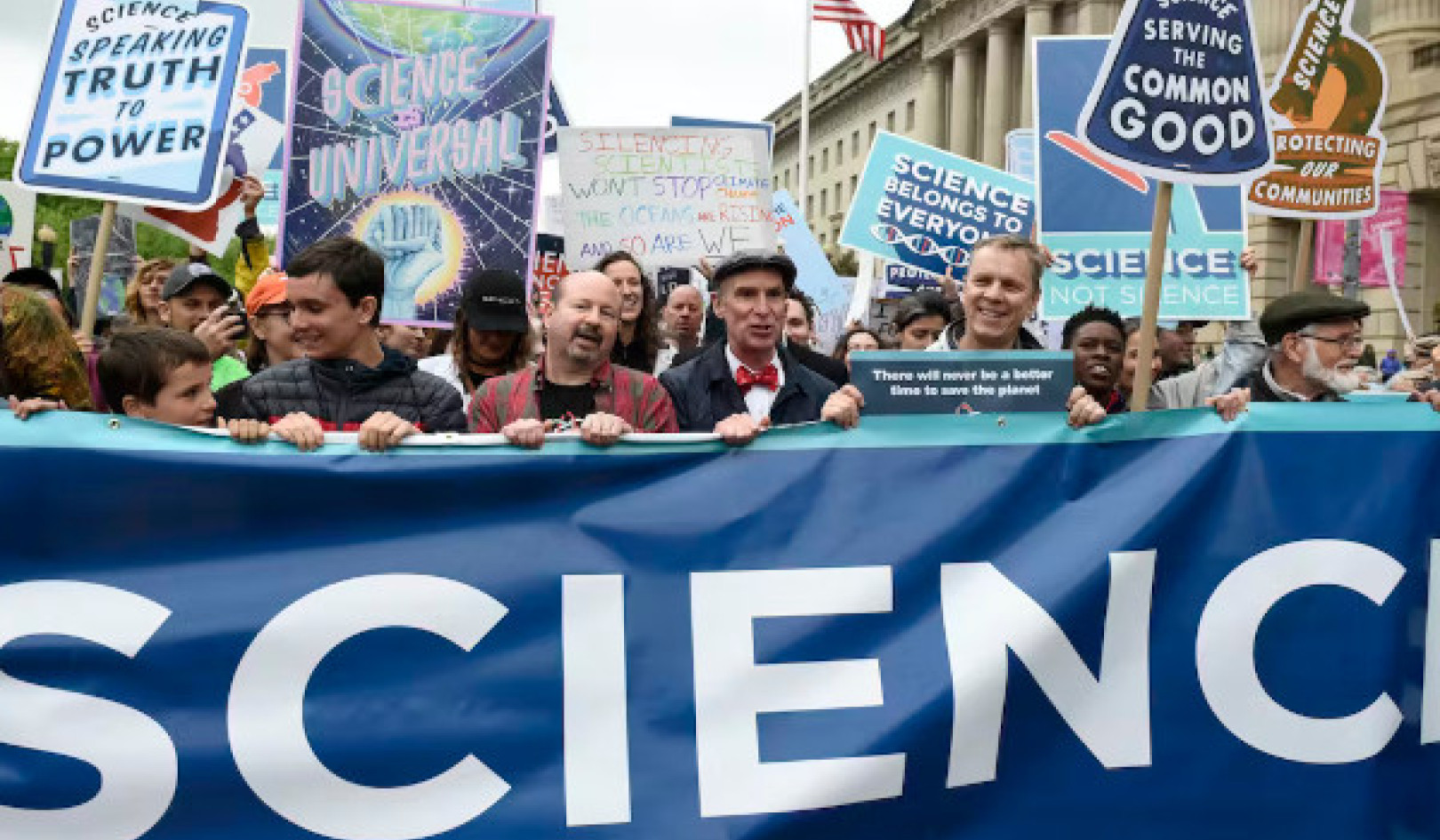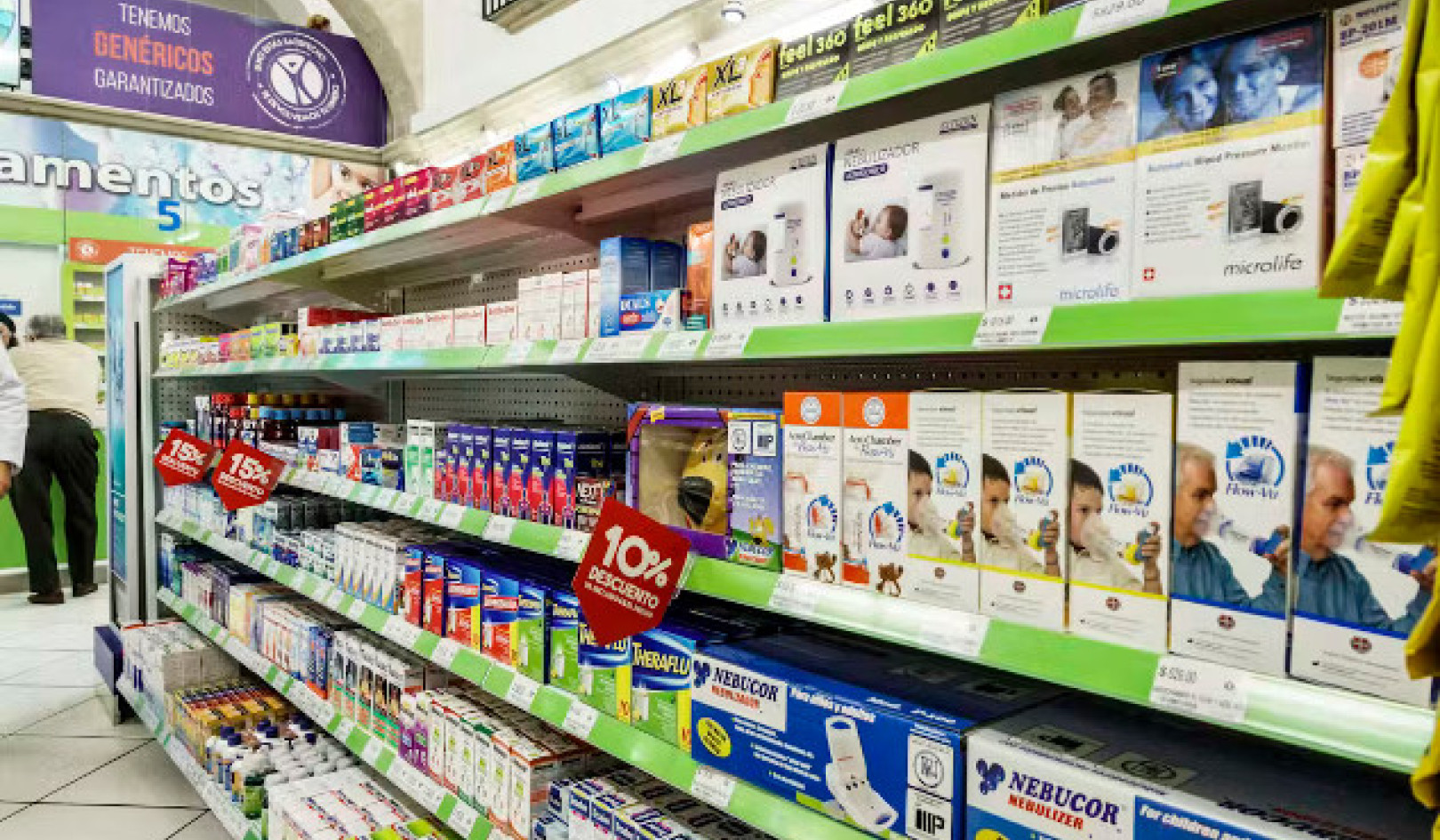
Plastic pollution is now pervasive in our environment, contaminating everywhere from our homes and workplaces to the planet’s deepest recesses. The problem regularly makes headlines, with the spotlight turned toward ocean pollution in particular.
The startling images of plastic pollution may seem far removed from our lives, but they should not distract us from a problem that is less visible and so receives far less attention and affects human beings and ecosystems – microplastic and nanoplastic contamination.
In contrast to macroplastics, which result from the degradation of larger objects (found in the form of paint flakes or fibres, for example), microplastics are usually defined as particles whose size or dimensions do not exceed 5 mm. They have no minimum size.
As for nanoplastics, these can be no larger than 0.1 micron, equal to 1/10,000th of a millimetre. Rather instinctively, we were able to predict that the smallest particles could enter organisms, but this had never actually been demonstrated until recently.
Microplastics in our blood
In 2022, a study conducted by several teams in the Netherlands showed for the first time ever that microplastics were present in the blood of 22 healthy human volunteers at an average concentration of 1.6 mg/L.
The kinds of plastics detected varied greatly, and including polyethylene terephthalate (PET), used to make water bottles and other items; polyethylene, used to produce food containers; and polystyrene, whose uses include fresh produce packaging and yogurt pots.
It should be noted that the study focused solely on particles with dimensions of 700 nm and above, and that there is as yet no information on the smaller particles categorised among the many forms of nanoplastics.
Microplastics detected in human blood for the very first time (Down to Earth, 25 mars 2022).
Adverse health effects in animals
Although no effects on human health were reported in the study, research conducted on animals or using cellular models (some of which modelled human cells) have documented a host of biological impacts from microplastics, including cellular lesions, oxidative stress and damage to DNA.
In these cases, either the microplastics cause the effects directly or they act as carriers of other harmful substances. Moreover, some of these substances, such as bisphenols or phthalates, are actually found in the composition of some plastics.
Generally, this contamination may manifest as inflammation or fibrosis, whose effects are already observed in humans via other ways of entry, such as the respiratory tract. The lungs, for instance, have been a reported site of contamination for workers in the plastics industry.
Migration into food and drink
How can we explain this contamination of the healthy volunteers in the study? Simply put, it is linked to the food chain, although this method of microplastics exposure remains difficult to characterise or measure, with results varying drastically between 0.2 mg per year and 0.1 to 5 g per week.
Nonetheless, a vast number of studies (more than 1,000) clearly indicate that several molecules can migrate into food or drink upon contact. This is the case for reusable plastic sports bottles, which shed a huge quantity of components, and all the more so when cleaned in the dishwasher.
[Nearly 80,000 readers look to The Conversation France’s newsletter for expert insights into the world’s most pressing issues. Sign up now]
An effective way to prevent potential health risks from microplastics and nanoplastics would be to reduce our exposure, especially in our digestive tract. It is vital for us to change practices at the consumer level, particularly with for the most vulnerable – pregnant women, infants, young children and adolescents, whose systems of detoxification have not yet matured and whose bodies are still developing.
It should also be noted that these groups are more exposed to plastics per pound of body mass than adults are, further compounding the risks to their health.
The perils of reheating food in plastic containers
Positive changes that we can make include reducing our consumption of processed products and packaged raw products; limiting use of containers or components made even partially from plastic (such as cardboard cups, pizza boxes, etc.); and avoiding storing, cooking or reheating food in plastic containers (when using a microwave, for instance).
This is because it has been demonstrated that heat causes plastic components to break down, which, in turn, causes particles to leach into our food.
These more positive habits would also help reduce the overall amount of microplastics and nanoplastics in our environment and ecosystems, leading to a natural decrease in the contamination of our digestive system.
Starting from 2025, France will be banning single-use plastic containers in collective catering (especially school cafeterias).
But are the alternatives any better? In France, it is up to each municipality to choose which alternative materials to use, whether these be stainless steel, cellulose (a component of plant cell walls), bamboo or bioplastics.
Bioplastics may not be any safer
Containers made from bioplastics are a handy alternative widely used by the agrifood industry, since they are lighter than the more conventional, allegedly “inert” receptacles made of stainless steel or glass.
But what are bioplastics made of? They are sourced from plants, but blended with synthetic materials to ensure that they are as waterproof as traditional plastics.
Upon seeing the prefix “bio”, consumers may be led to believe that they are purchasing a natural product that presents no health risk. In terms of regulations, bioplastics must undergo the same tests other plastic containers, and their rate of migration into food is also capped at 60 mg/kg.
Unfortunately, only a small number of tests (primarily regarding their effects on DNA) have been carried out, none of which examine their potential impacts as hormone disruptors. Recent scientific literature has not yet proved whether or not they are harmless to humans. Lastly, when it comes to biodegradability, all bioplastics still break down into microplastics.
Stay wary of “alternatives”
Such questions are important to consider in a world that tends to brush away the environmental impact of certain products by offering alternatives (think of biofuels, “green” hydrogen or e-cigarettes) whose effects themselves are little known. In this respect, the substitution of bisphenol A with other bisphenols (such as S and F) should make the scientific community stop and think, as reports increasingly show them to have similar or other deleterious effects.
Given their origin and manufacturing method, it appears only appropriate to ask these same questions with regard to “bioplastics”, so as to prevent consumers from inadvertently becoming a source of environmental contamination when attempting to be eco-friendly. In France, the National Agency for Food, Environmental and Occupational Health and Safety (ANSES) also advises against the use of “biodegradable” or “compostable” single-use plastic bags in household compost bins, as it is not certain that such products break down fully during composting.
It is crucial that local authorities be better informed on the characteristics of bioplastics. This will allow them to design policies that will help protect consumers, especially children, who are particularly vulnerable to pollution.
About The Authors
Xavier Coumoul, Professor of Toxicology and Biochemistry, Université Paris Cité; Jean-Baptiste Fini, Professeur du MNHN, Muséum national d’histoire naturelle (MNHN); Nicolas Cabaton, Chercheur en Toxicologie, Inrae, and Sylvie Bortoli, Ingénieure de Recherche, Université Paris Cité
This article is republished from The Conversation under a Creative Commons license. Read the original article. Translated from the French by Enda Boorman for Fast ForWord.![]()
Books on The Environment from Amazon's Best Sellers list
"Silent Spring"
by Rachel Carson
This classic book is a landmark in the history of environmentalism, drawing attention to the harmful effects of pesticides and their impact on the natural world. Carson's work helped to inspire the modern environmental movement and remains relevant today, as we continue to grapple with the challenges of environmental health.
Click for more info or to order
"The Uninhabitable Earth: Life After Warming"
by David Wallace-Wells
In this book, David Wallace-Wells offers a stark warning about the devastating effects of climate change and the urgent need to address this global crisis. The book draws on scientific research and real-world examples to provide a sobering look at the future we face if we fail to take action.
Click for more info or to order
"The Hidden Life of Trees: What They Feel, How They Communicate?Discoveries from A Secret World"
by Peter Wohlleben
In this book, Peter Wohlleben explores the fascinating world of trees and their role in the ecosystem. The book draws on scientific research and Wohlleben's own experiences as a forester to offer insights into the complex ways that trees interact with one another and the natural world.
Click for more info or to order
"Our House Is on Fire: Scenes of a Family and a Planet in Crisis"
by Greta Thunberg, Svante Thunberg, and Malena Ernman
In this book, climate activist Greta Thunberg and her family offer a personal account of their journey to raise awareness about the urgent need to address climate change. The book provides a powerful and moving account of the challenges we face and the need for action.
Click for more info or to order
"The Sixth Extinction: An Unnatural History"
by Elizabeth Kolbert
In this book, Elizabeth Kolbert explores the ongoing mass extinction of species caused by human activity, drawing on scientific research and real-world examples to provide a sobering look at the impact of human activity on the natural world. The book offers a compelling call to action to protect the diversity of life on Earth.























